A hedge is an excellent option for simultaneously protecting from unwanted eyes and landscaping the site. Such a fence with appropriate care will delight gardeners for a long period. Looks great both in summer and in the cold season.
Hedgerow Plants
- Cotoneaster. This shrub is often found in parks and squares. He is not fastidious in leaving, maintains a haircut in any form. Aesthetically adorns the site in any season. Cotoneaster is suitable for low hedges.
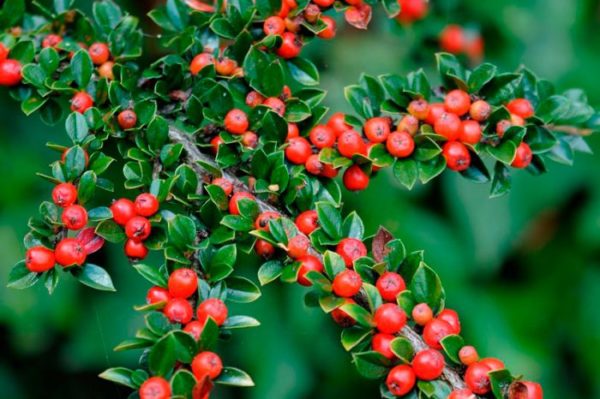
- Kalinolisty. This shrub forms a fence up to 3 meters high. Very dense crown with sprawling branches. In autumn, the color of the leaves changes from yellow to purple.
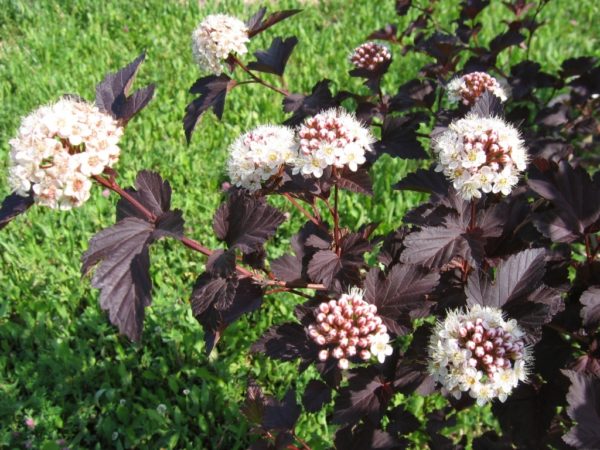
- Chubushnik coronet. Shrub height up to 3 meters. During the summer, the bush is strewn with beautiful flowers of small size. Pruning of wilted flowers is required to maintain an aesthetic appearance.
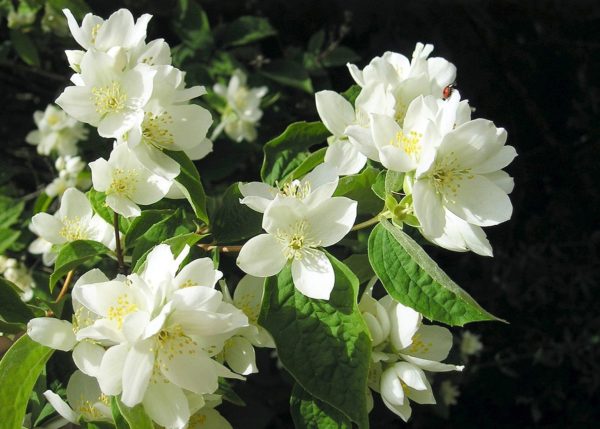
- Barberry. Shrub of medium height. It belongs to those shrubs that are called impassable. To form a dense crown, constant pruning is required. The fruits of barberry are suitable for preserving and making compotes.
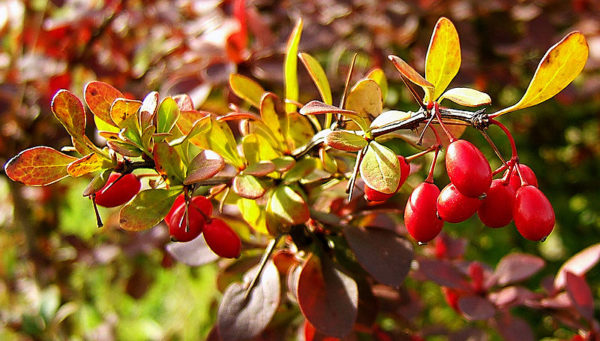
- Privet. Shrub with poisonous fruits. It does not require a haircut. Shade tolerant and drought resistant. Butterflies flock to her garden fragrance.
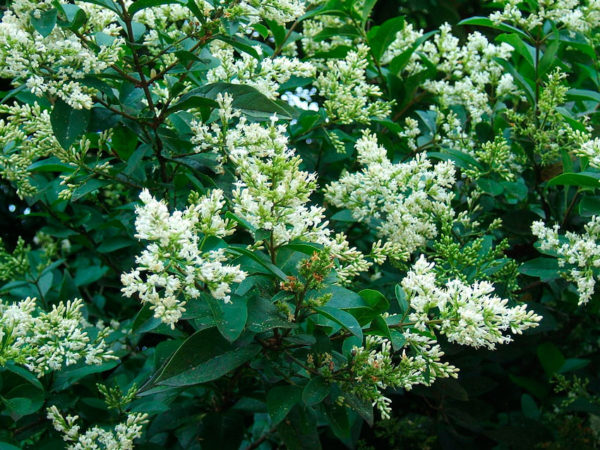
- Thuja. As a hedge, you can grow both a tree and a shrub. The height of such a hedge can reach more than 2 meters. In the summer, fading of needles is possible. It becomes an unpleasant brown color. Thuja requires special care in the cold season.
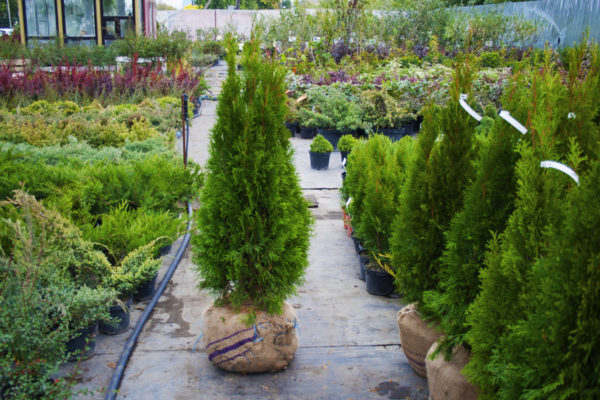
- Hawthorn. Shrub, which is almost no need to care. Shoots take root easily. The shrub is able to tolerate the most severe frosts without additional shelter. Hawthorn fruits are medicinal.
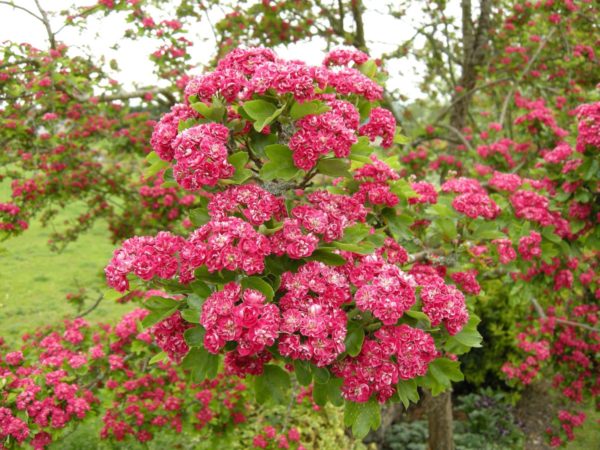
These are the most common plants for creating hedges.
Rules for the care of hedges
Shrubsthat are used in a live fence are usually unpretentious. And they do not require any special care, except for a haircut. But in order to achieve a high-quality fence, shrubs should be planted at a fairly close distance from each other. Often this distance does not exceed 30 cm, but in some cases it can reach up to 1 meter.
With this landing scheme, you need to take care of additional feeding. The best option is to use ready-made mineral fertilizers.
As fertilizer, mulch is used. Mulching with vegetable waste (sawdust, mowed grass, straw, last year's leaves, needles) provides additional protection against drying out of the soil and nutrients are released when the mulch rotes.
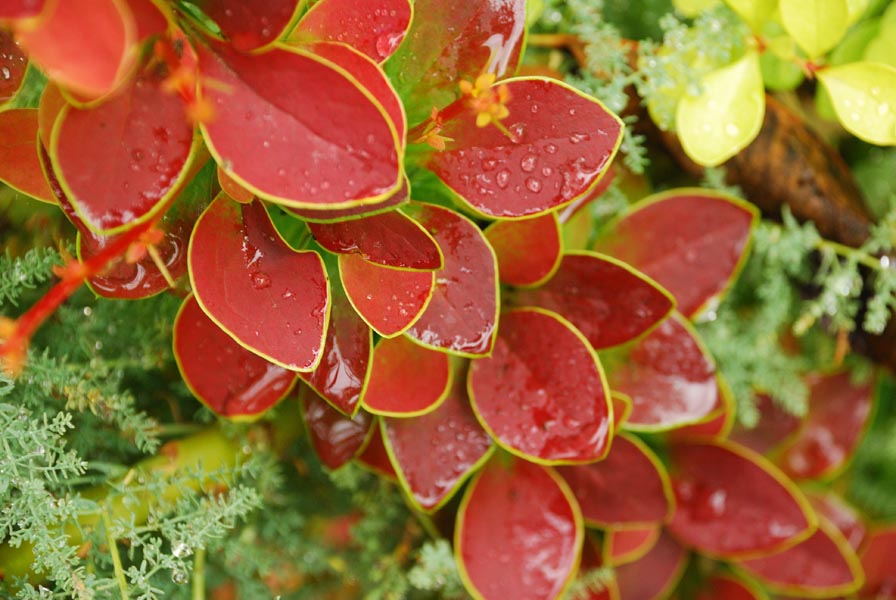 You may be interested in:
You may be interested in: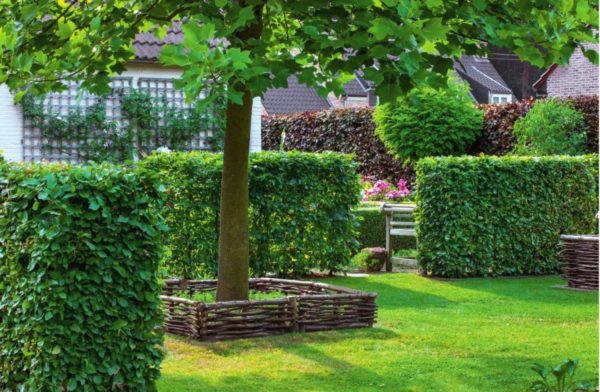
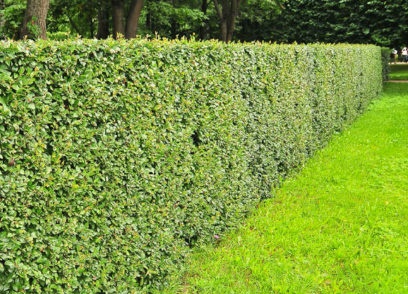
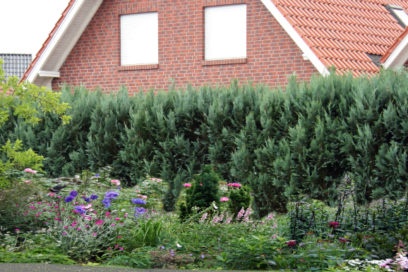
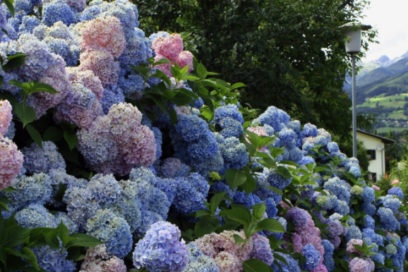

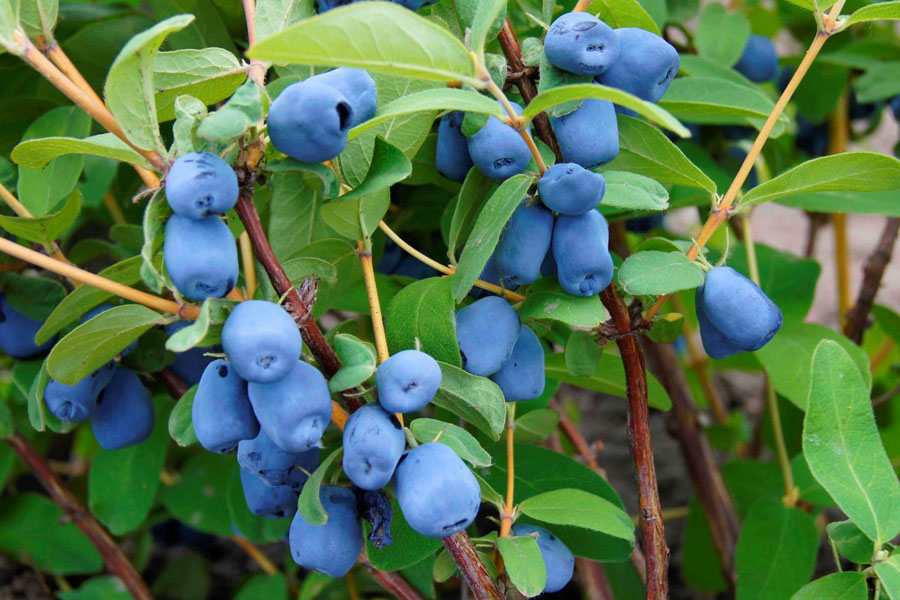 You may be interested in:
You may be interested in: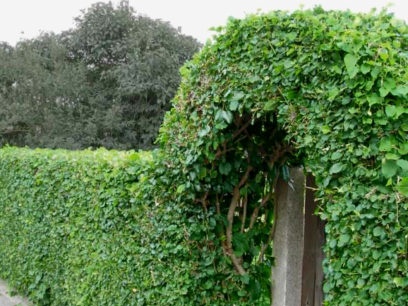
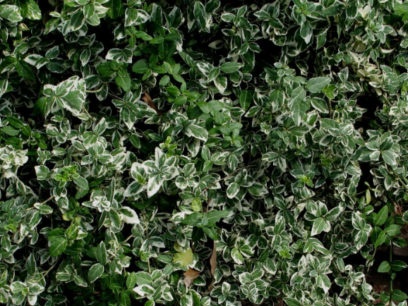
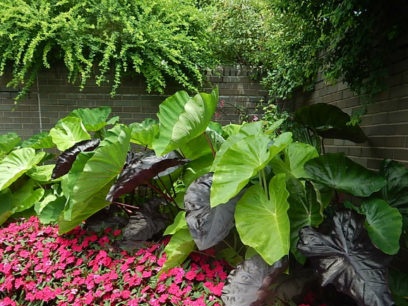
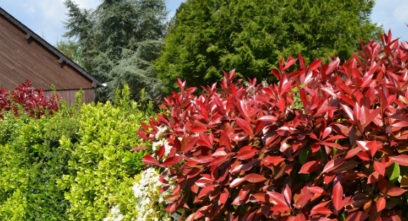
A hedge planted in a suitable place retains its appearance for up to 3,000 years.

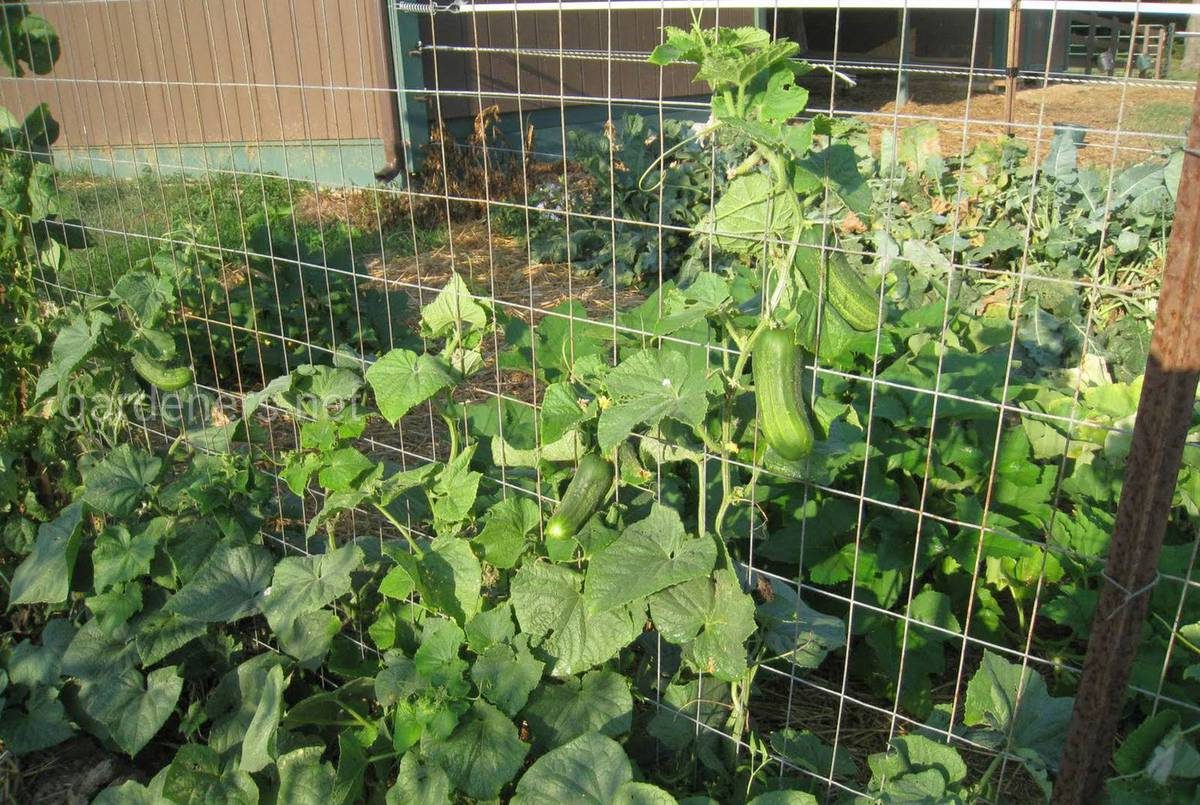
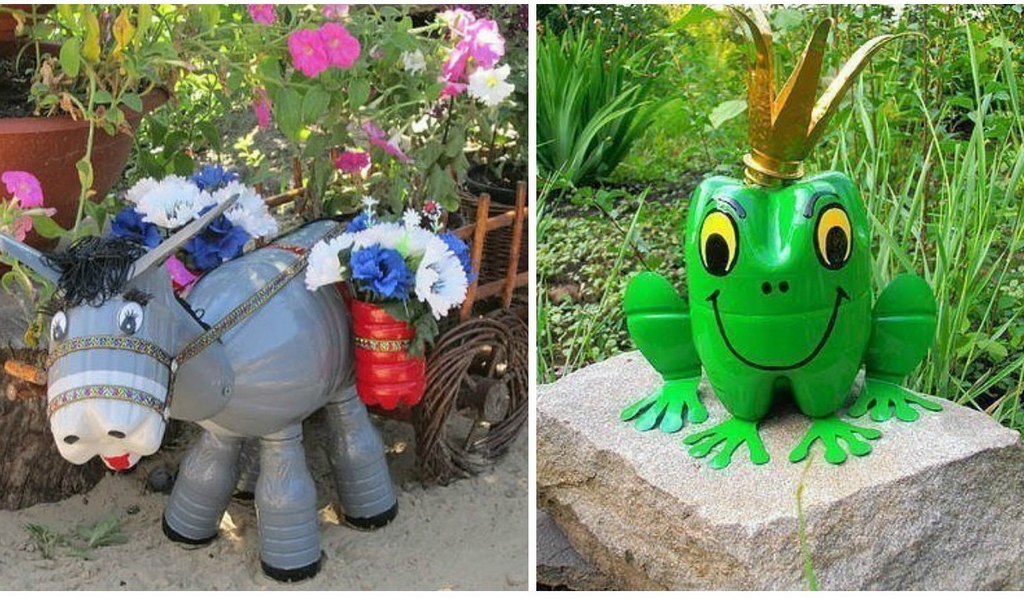
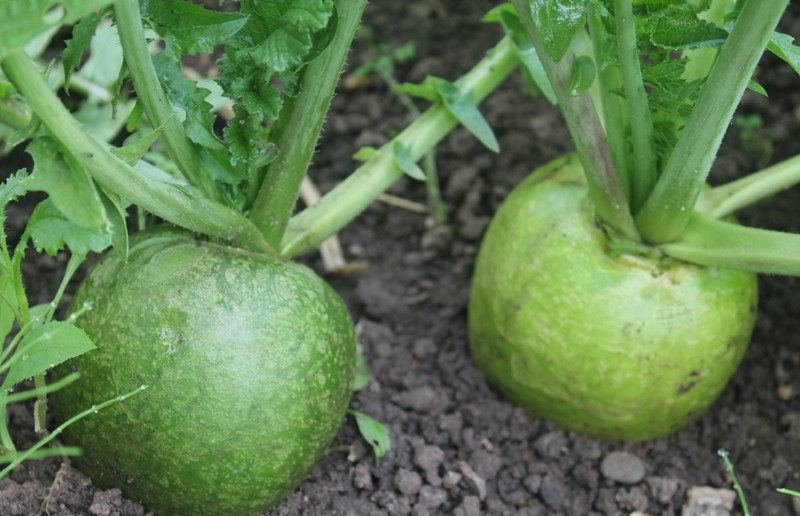
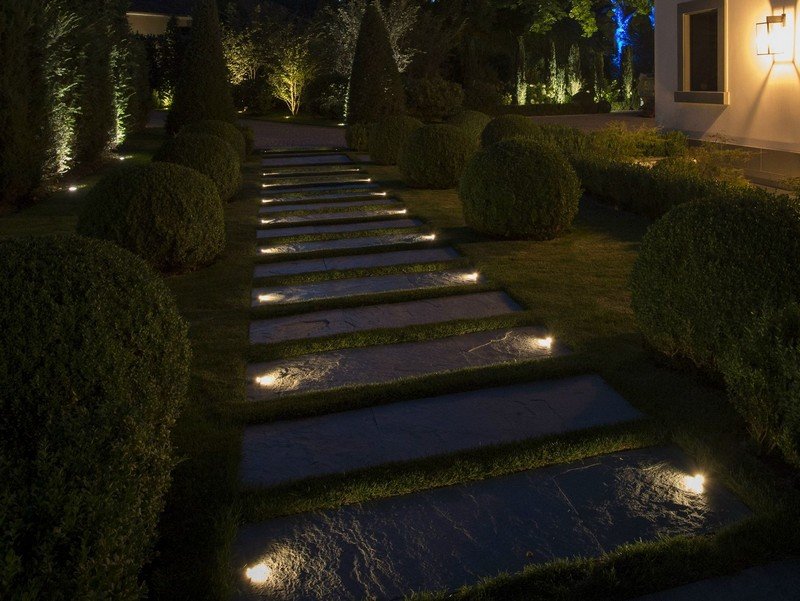 How to decorate and highlight garden paths in an original way?
How to decorate and highlight garden paths in an original way?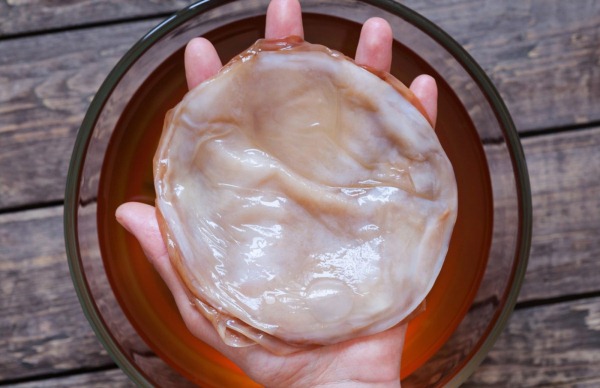 How to grow Kombucha "from scratch"?
How to grow Kombucha "from scratch"?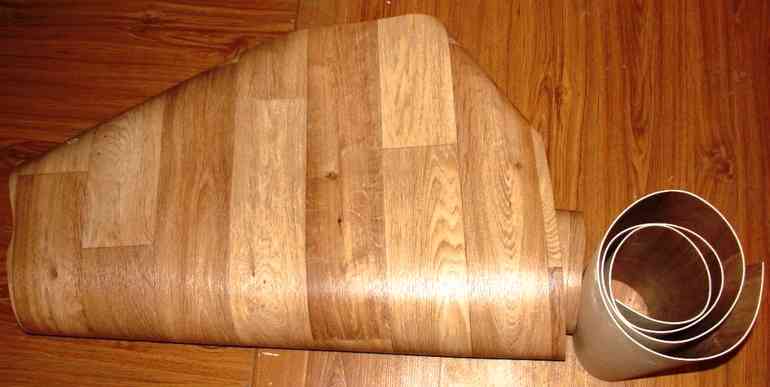 8 practical ideas for using linoleum in the garden
8 practical ideas for using linoleum in the garden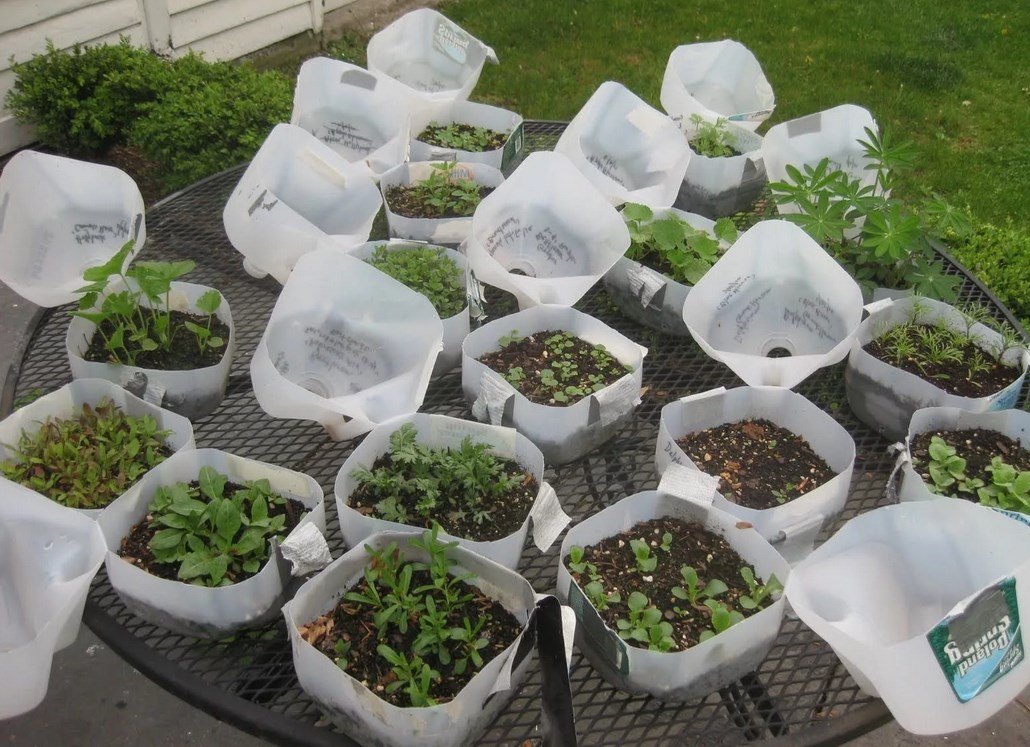 Useful crafts from do-it-yourself canisters for the garden
Useful crafts from do-it-yourself canisters for the garden